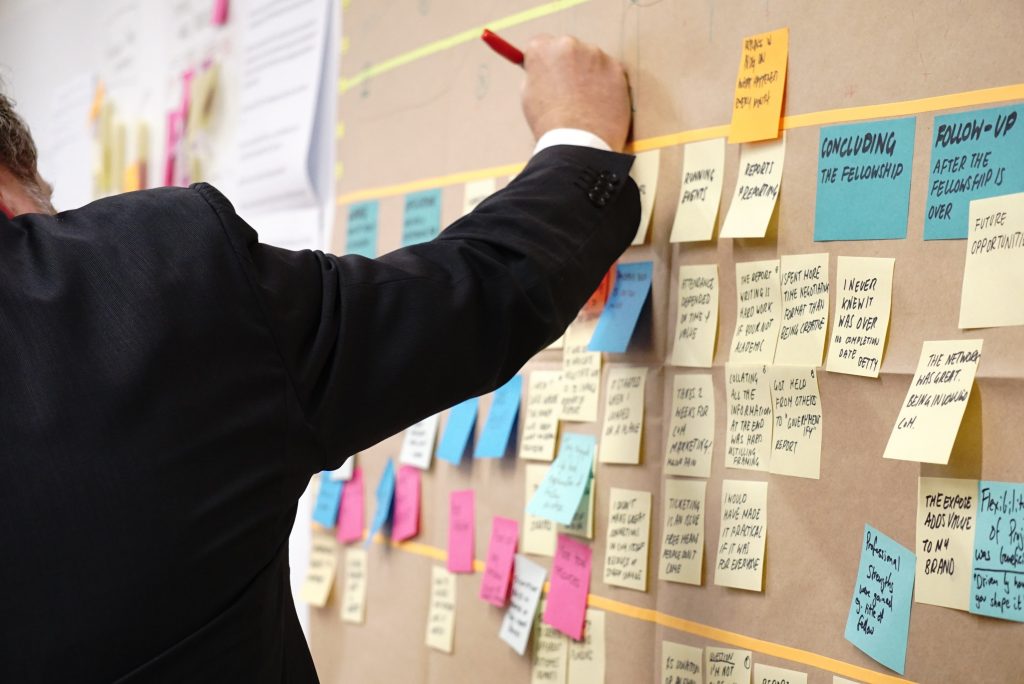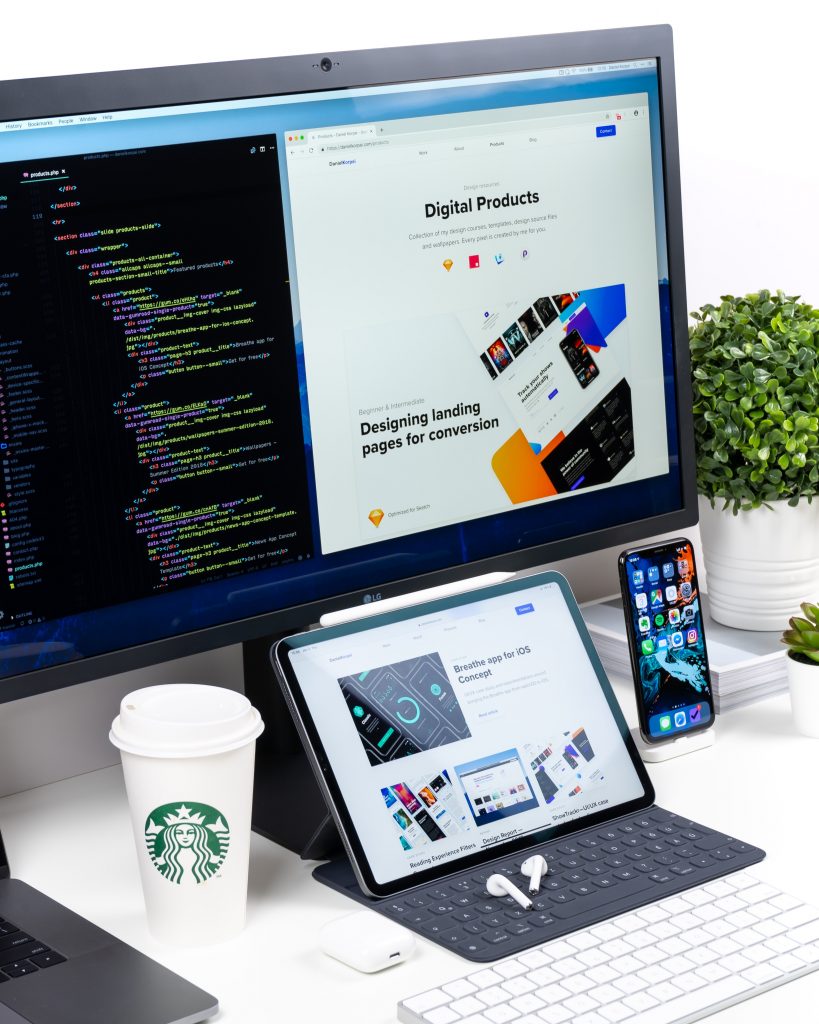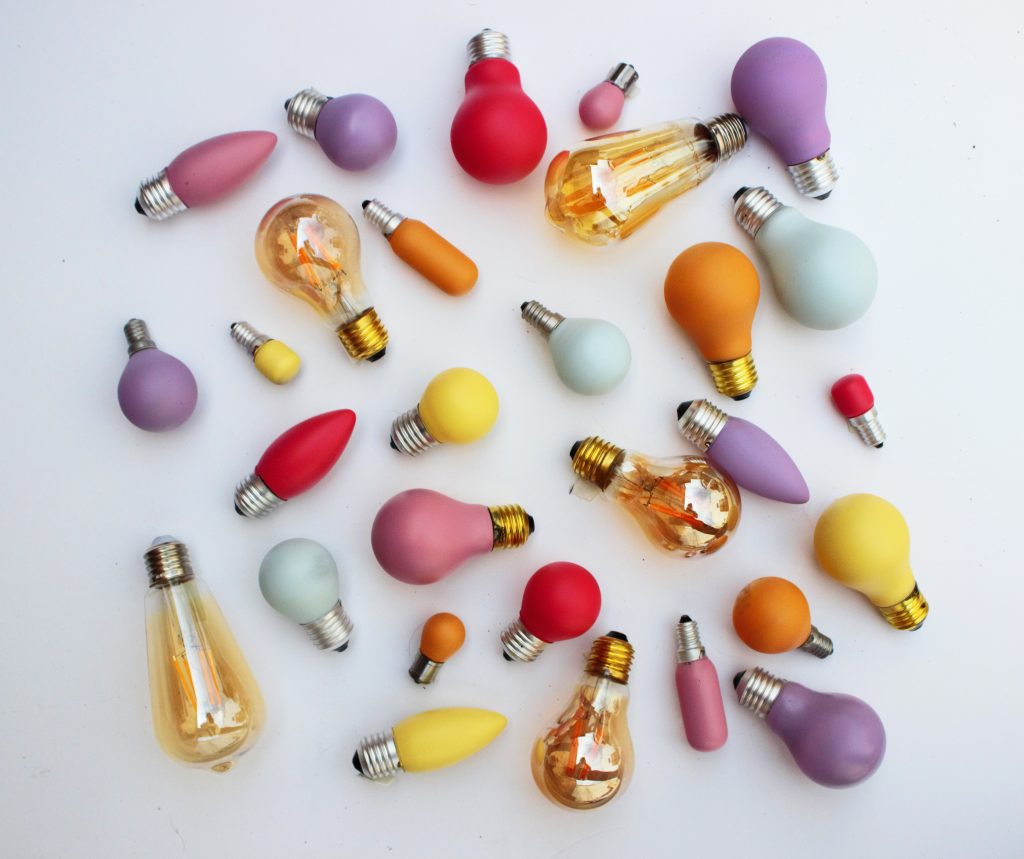Product development is an ongoing process. Not only does there need to be iteration of ideas in the initial creation process, but once you have a solid product it is also crucial to keep working through ideas in order to improve the product.
In an iterative design process, your product will have multiple designs or prototypes and you test each of them at every stage of development. By designing and testing many different variants of your product, the theory is that the best product comes to fruition at the end.
Although iteration is a well known part of the product development process, many businesses forget that continuous iteration is how a product remains great. As the industry and the market evolves, it is important that your products do too. A process of continuous iteration is one of the best ways to keep challenging your product and ensure that you’re putting the best product to market time and time again.
In this article we’re unpacking what continuous iteration is, and how it can be beneficial for design teams to consider.

The dictionary definition of iteration is:
“The action or a process of iterating or repeating: such as:
A : a procedure in which repetition of a sequence of operations yields results successively closer to a desired result”.
In essence, this is exactly what continuous iteration is – repeating and reiterating a process until the desired results are achieved.
In design, the term continuous iteration comes from agile methodology originally, where iteration is a vital part of the agile process. In the context of an agile project, iteration is where development takes place through a series of testing lasting between one and four weeks. This process reiterates certain stages of development in order to refine an idea.
Iteration works through every stage of development, including idea generation and testing in order to come up with multiple ideas that can serve the customer. Each idea is tested and worked through to meet the pain points of the audience. The iterative process is conducive to challenging assumptions, redefining problems and creating innovative solutions to prototypes.
While iteration is often essential to launch a product effectively, continuous iteration is simply a continuation of that process above and beyond the launch of the initial product. By continuously taking your product through design and development phases, you can be sure that your product is keeping up with the market, keeping up with demand and best serving your customers.

It is important to note that the iterative process follows certain stages. The general approach is one of continual tests and improvements that help to challenge the product and create solutions. Iterative development involves cycles of adjustments that refine a product until the optimum product is created.
The idea of continuous iteration is that these stages are continuously worked through at regular intervals in order to continuously develop a product. Whilst iterative design and development is often associated with the product launch stage, businesses are coming round to the idea that iteration should be a continuous process.

Some of the key benefits of continuous iteration are:
One of the most obvious benefits of continuous iteration is the opportunity to continuously work on your product and make it better. There is no time for stagnant products where continuous iteration is concerned, and the process of continually questioning your product ensures a faster delivery of improvements.
Continuous iteration often uses automated tests and behavior feedback to understand how your customers are interacting with your product. This kind of feedback means that design teams can take any issues on board and refine the product to listen to customer feedback and concerns.
By putting all ideas through continuous development cycles, you can be sure that when you do develop your designs they are lower risk. This is because they will have gone through an intense process of design and development, where the idea will have been tested against many others. This makes the development lower risk when it occurs.
Each time a business goes through the design process on a regular basis, the process improves. This means that any lessons from previous sprints will come together to improve the design and development process in the future, and this will put the team in a much stronger position when new ideas come about. With practice, the overall design process improves, and this can be a business strength.

Continuous iteration helps to refine your product over a period of time. Instead of simply launching a product and releasing it into the world, continuous iteration aims to improve the product and keep up with the market. This is something that every business needs in order to stay current. Without continuous iteration, businesses can easily fall behind and end up feeling out of touch with their audience.
Are you considering continuous iteration as part of your development process? If this is a commitment that you want to make within your business, our innovation specialists to keep you accountable and take your through the iteration stages.
At ENO8, we are specialists in product development, and help businesses continually develop their designs in innovative ways. Whether you want to learn more about crucial design concepts like social proof, new development trends, or simply discover how to launch a new product from scratch, the ENO8 Innovation Lab can help you develop your product.
Jeff Francis is a veteran entrepreneur and founder of Dallas-based digital product studio ENO8. Jeff founded ENO8 to empower companies of all sizes to design, develop and deliver innovative, impactful digital products. With more than 18 years working with early-stage startups, Jeff has a passion for creating and growing new businesses from the ground up, and has honed a unique ability to assist companies with aligning their technology product initiatives with real business outcomes.
Sign up for power-packed emails to get critical insights into why software fails and how you can succeed!
Whether you have your ducks in a row or just an idea, we’ll help you create software your customers will Love.
LET'S TALK